When we think about pollution the textile industry rarely comes first, yet it is the second largest polluter of the environment just after the oil industry and it represents a huge amount of trashes and wastes a lot of resources. With the economic crisis amplifying the enthusiasm for cheap fashion, we’ve seen for a few years now a sort of frenzy of clothes consumption, an accumulation cult, like we never have enough! But this overconsumption of fashion, as enjoyable it is at the time, isn’t without consequence, the list of environmental problems linked to the textile industry is long, cotton culture very demanding in water and pesticides, air and water pollution due to the chemical treatment on fiber, transportation, washing, insufficient recycling capacity, not to mention the extremely poor working conditions for the people making those clothes. Fortunately more and more brands and companies are getting greener and make environmentally friendly collections, some just to look good, others really engaged for a sustainable production and consumption, the ecological transition is slow but seems initiated and our choices as consumers are decisive for the future of our beautiful planet.
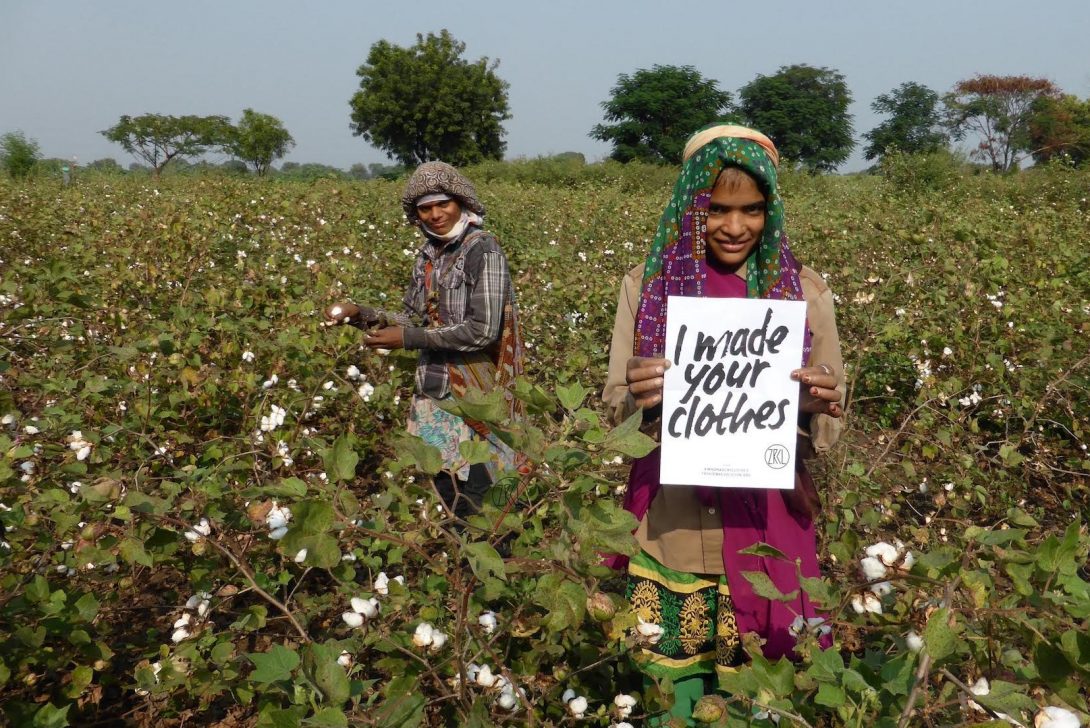
Fast Fashion and its social and environmental consequences
Big brands and compagnies are working at full capacity and renew their collections even before you had time to wear them. We are very far from the time when fashion was following the seasons and brands had 4 collections a year, today some businesses are offering new collections every two or three weeks, barely bought, already out of fashion! Those extremely fast changes show a strategy aiming to make consumers buy more and more often to keep up with the trend, if you don’t buy this t-shirt now you won’t be able to get it later, no room fo hesitation, and it works! The phenomenon, fully exploited by worldwide brands like Primark, Topshop, Zara or H&M, is called “Fast Fashion” and lead to an overconsumption of clothes and accessories, usually bad quality, whose production and destruction come at a high cost for the planet, although not costing much for the consumers. Those “disposable” clothes often get out of shape and damaged after only a few washes, and that’s how every year tons of used or simply “out of fashion” clothes are chucked out, quickly worn, quickly thrown away, and not always recycled!
Moreover, low prices of the Fast Fashion imply very low production costs, made possible by forced work and terrible working conditions in countries like Bangladesh, Cambodia, Pakistan, etc. Thousands of workers live under the poverty line and risk their health everyday so we can keep buying more clothes at the lowest price.
For more informations I encourage you to watch the movie “The True Cost” which draws up an alarming and very complete report of the Fast Fashion and its heavy consequences. Not for the faint-hearted!
In the surfing industry the problem arises as well, collections are smaller but the production of wetsuits made of Neoprene, pur by-product from oil and non-recyclable, is extremely polluting. A true paradox for surfers, usually in love with the ocean and nature. It’s only last December, after years of research, that the first Neoprene free wetsuit appeared in the market, born from a collaboration from the outdoor brand Patagonia, known for its engagement in environmental protection, and Yulex who produce the natural rubber called the same. It remains to the big names of surfwear to follow the path opened by Patagonia.
Toward a more sustainable consumption
The opposition Trend vs Necessity is today at the heart of the problem, about 30% of our wardrobe will never be worn and we throw away up to 12kg of clothes each every year, the question of the need to have that much clothes and the reasons that push us to buy them is arising. Many people are starting to feel this excess and wish for more simplicity, for a decluttering of their closet and their mind, even minimalism for the most extreme ones. This will to buy less and better and to have more transparency on the origin of all the things we buy started in our plate and is now arriving in our closet. That’s how was born the movement of “Slow Fashion”, in opposition of the Fast Fashion, that consists in consuming fashion in an environmentally friendly way and to give priority to sustainable clothes.
It is now possible to have style while being environmentally responsible, especially in the sport and outdoor world, whether it is big pioneer brands or small emerging ones, the choice is getting larger and wearing sustainable clothes isn’t just a hippie thing anymore. We can see a general awareness rising up amongst the fashion players and the concept of a circular economy, which is recycling used clothes to make new ones, is starting to dig in in the industry. Some brands highly committed like Patagonia or Norrona are even challenging each other, whoever is the greenest wins, and the competition makes the industry move forward in the right direction!
However, innovation and protecting the planet have a cost and those brands are far from having prices comparable to H&M or Zara, dressing yourself eco-friendly is not affordable for all. But you take a minute to think about it, instead of buying a lot at cheap prices, isn’t it better to buy clothes a little bit more expensive and better quality in smaller quantity? Or you can start with only a few timeless basics and reduce progressively the impulse buys? Second-hand clothes are also on a roll and you can find several platforms like Vinted, Prêt à changer or Troc Vestiaire that allow you to sell or exchange clothes you don’t want anymore, not forgetting wardrobe sale with friends, flea market or Facebook pages like vide-Quiver for surfing gear. Many solutions exist and it’s up to us, at our own level, to take a step toward a more sustainable consumption.
Fashion Revolution
You’ve probably seen on of those image of workers holding the message “I made your clothes”, this #whomademyclothes campaign is a project of an organization called Fashion Revolution for Fashion Revolution week in April, in memory of the 1138 victims who died in the collapse of the Rana Plaza factory in Bangladesh on April 24th 2013. This organization is working on changing the way our clothes are sourced, produced and consumed and are trying to transform the textile industry into a more ethical and responsible industry. Fashion Revolution helps people to understand the problem and to find solutions within the reach of each individual and organize actions with companies, suppliers, factories to make progress toward a cleaner and greener fashion world. Find more informations on their website fashionrevolution.org
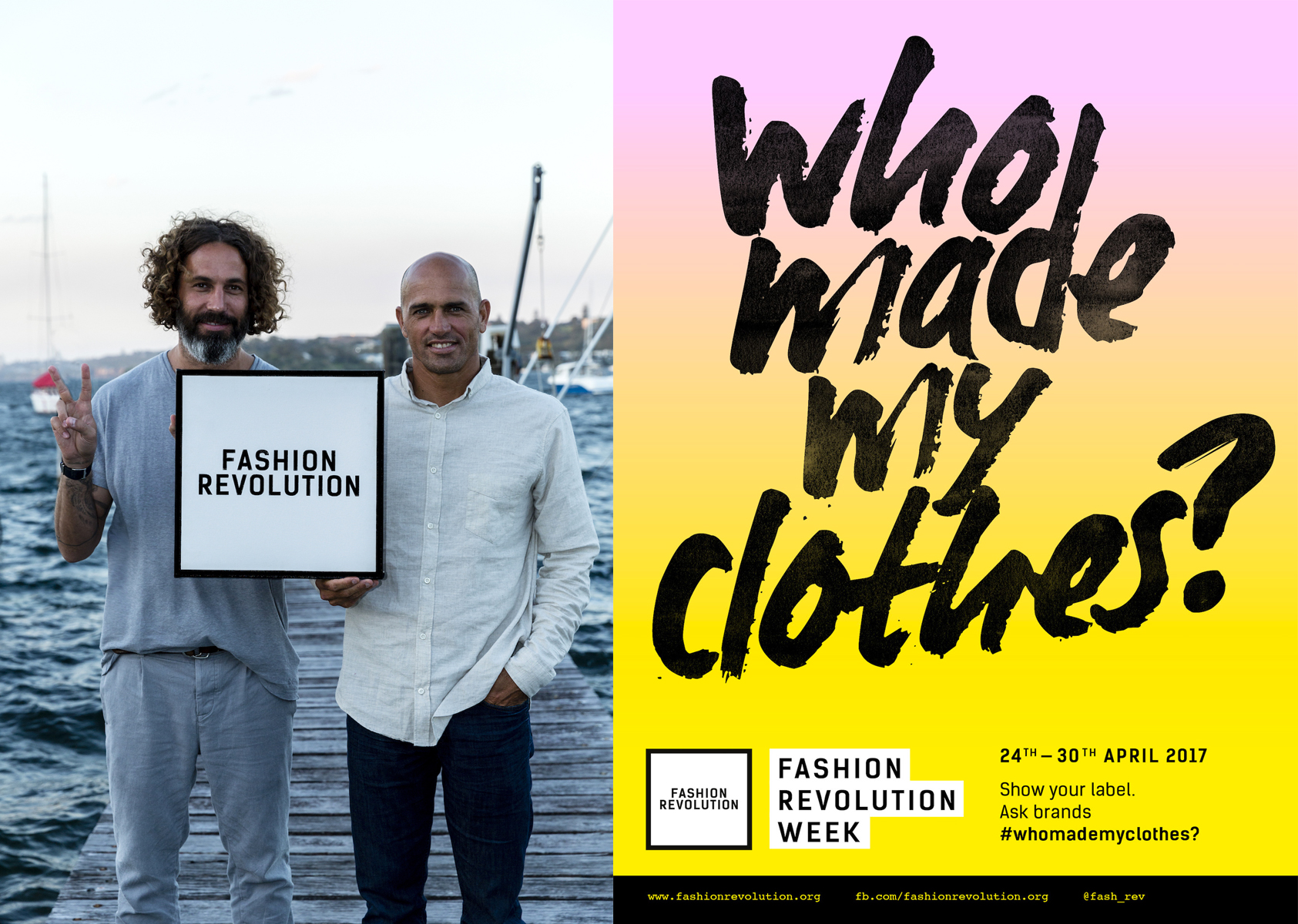
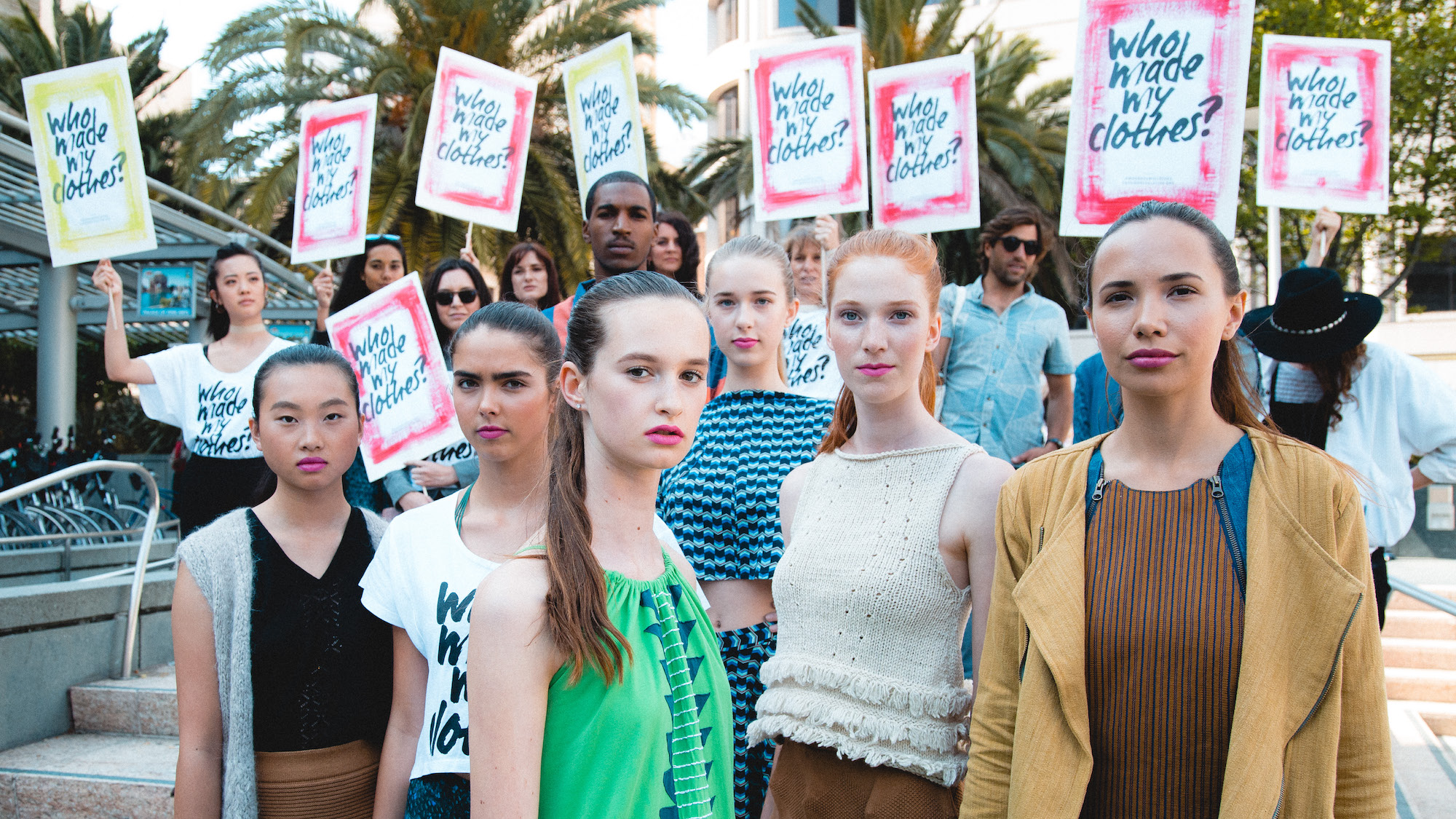
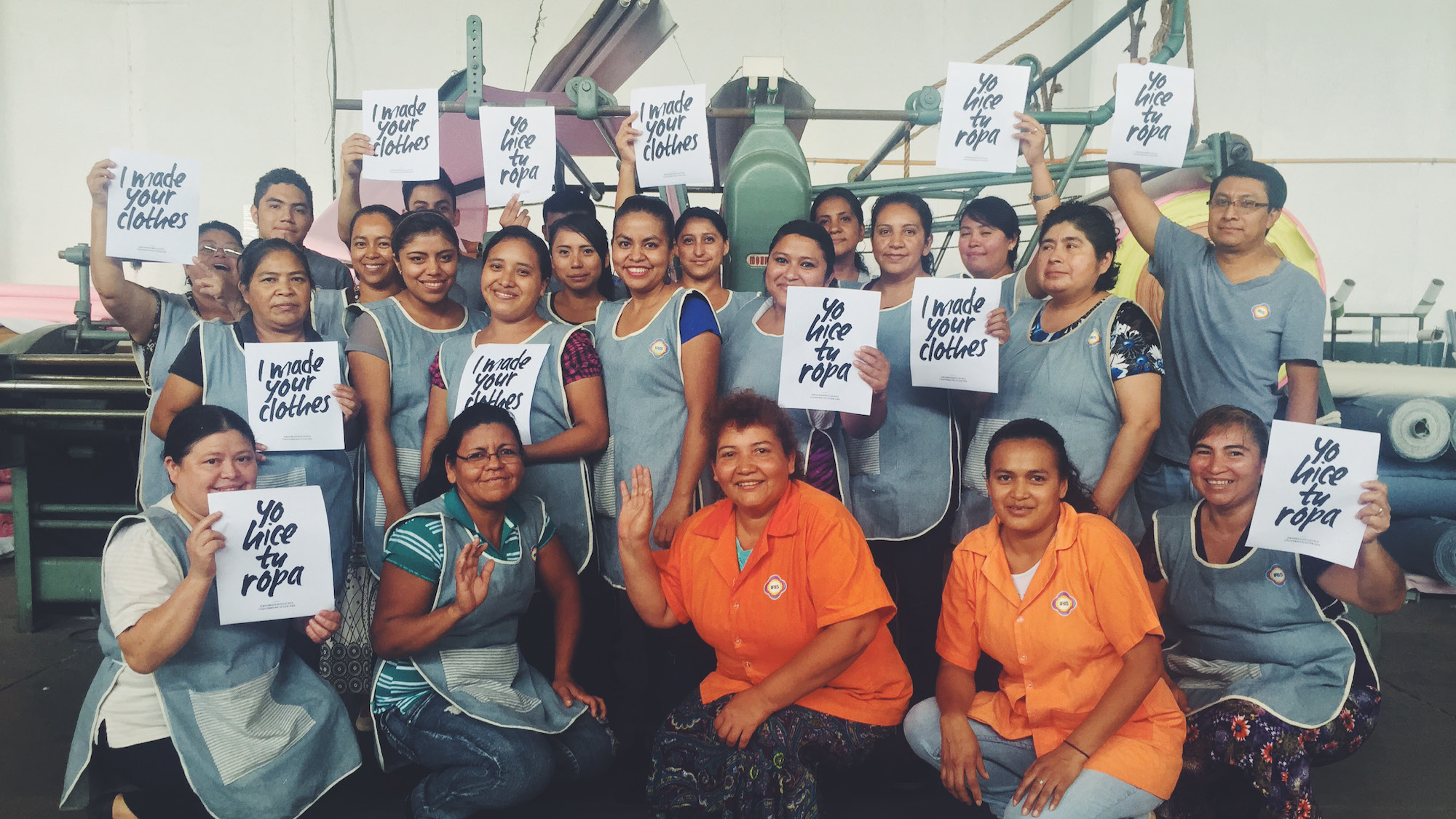
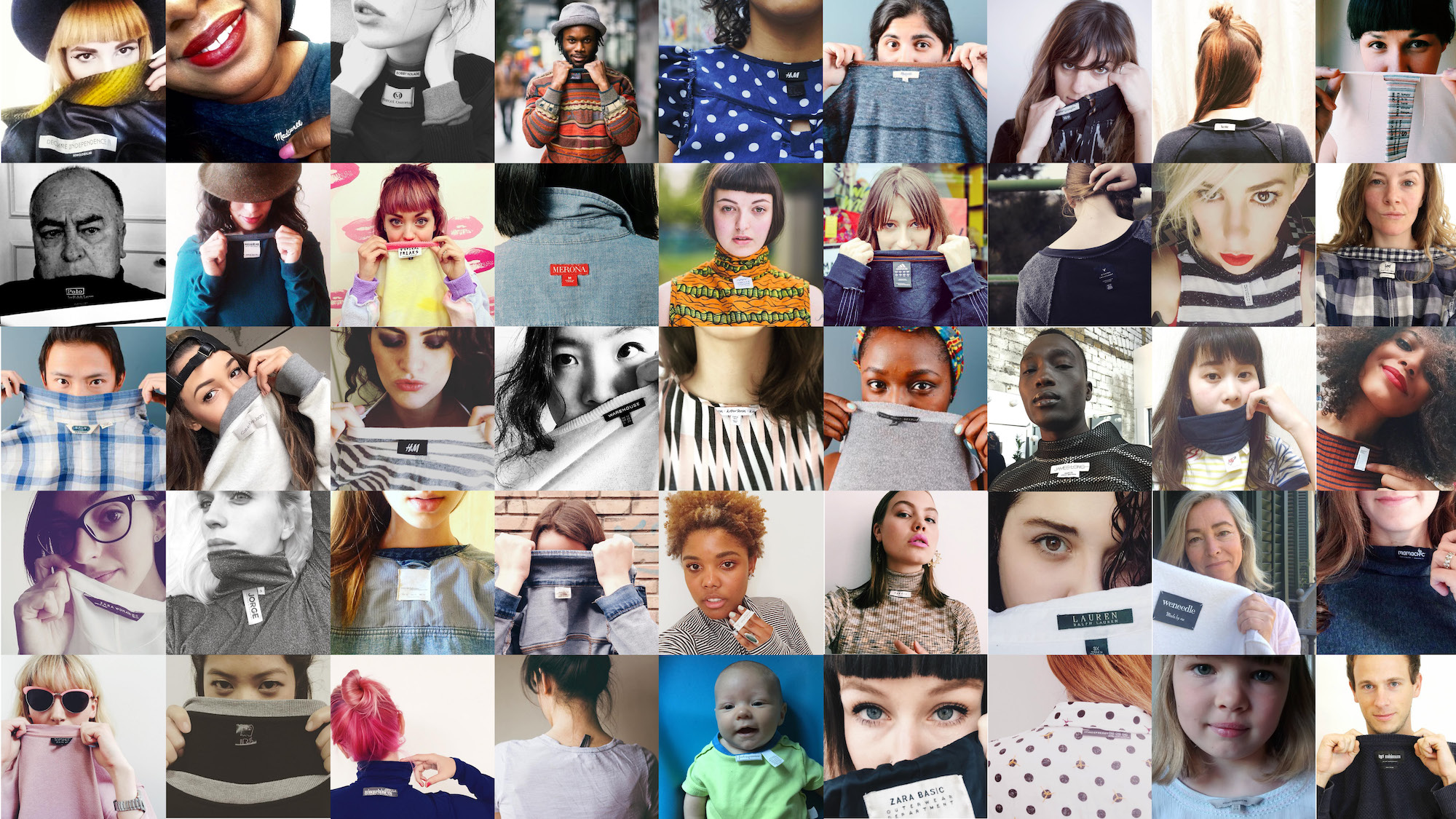
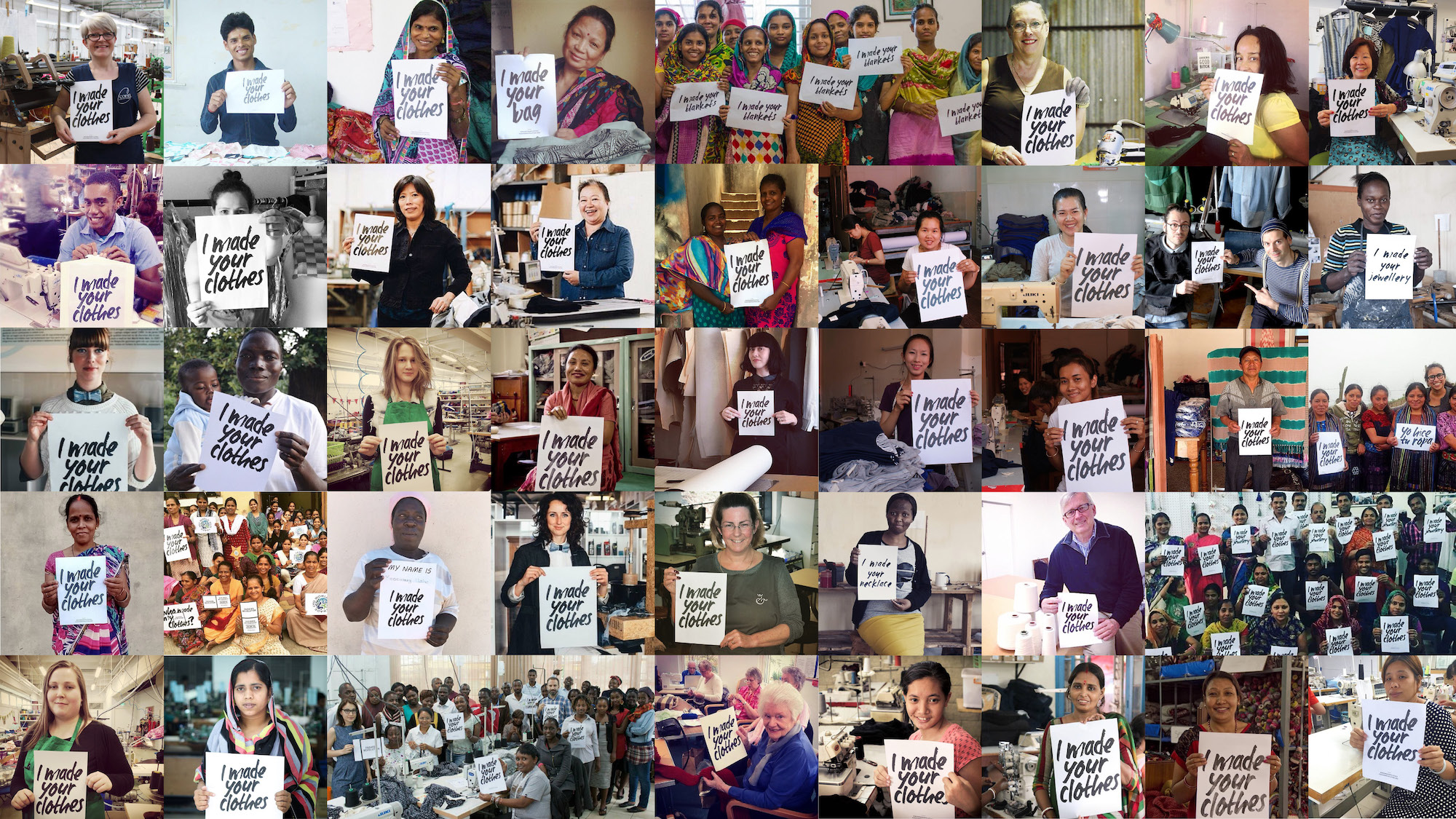
My selection of eco-friendly brands
Here are a few clothing and outdoor brands that I love and who adopted a true approach of sustainability, protection of the environment and awareness, at once through their products and production process but although through concrete actions with environmental conservation organizations.
-
Patagonia
Leading brand on the outdoor market and pioneer of the sustainable economy, Patagonia’s philosophy is “Build the best product, cause no unnecessary harm, use business to inspire and implement solutions to the environmental crisis“. For a few decades Patagonia has been working with numerous environmental groups and associations and keep innovating to reduce the impact of the textile industry on the planet. Amongst all the actions taken by Patagonia there are for example the Worn Wear program which aims to repair damaged clothes instead of buying new ones, or the Footprint Chronicles which look into the environmental and social impact of the supply chain. Patagonia’s products are known for their quality, technicality and durability, like the famous Yulex wetsuits mentioned earlier, or the new swimwear line all Fair Trade certified, to name just a few. This brand has it all and as you probably guessed I’m a convinced customer!
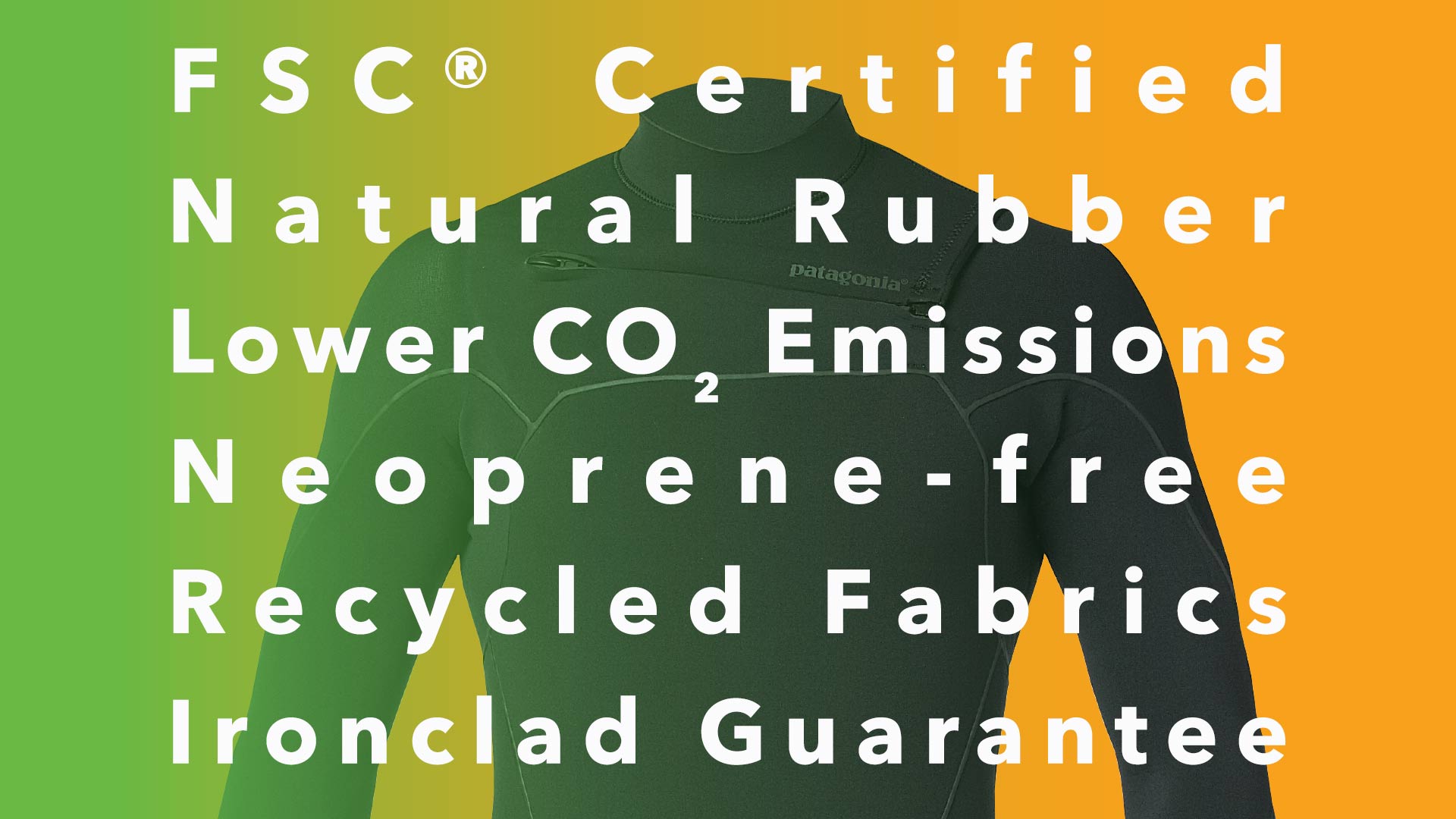
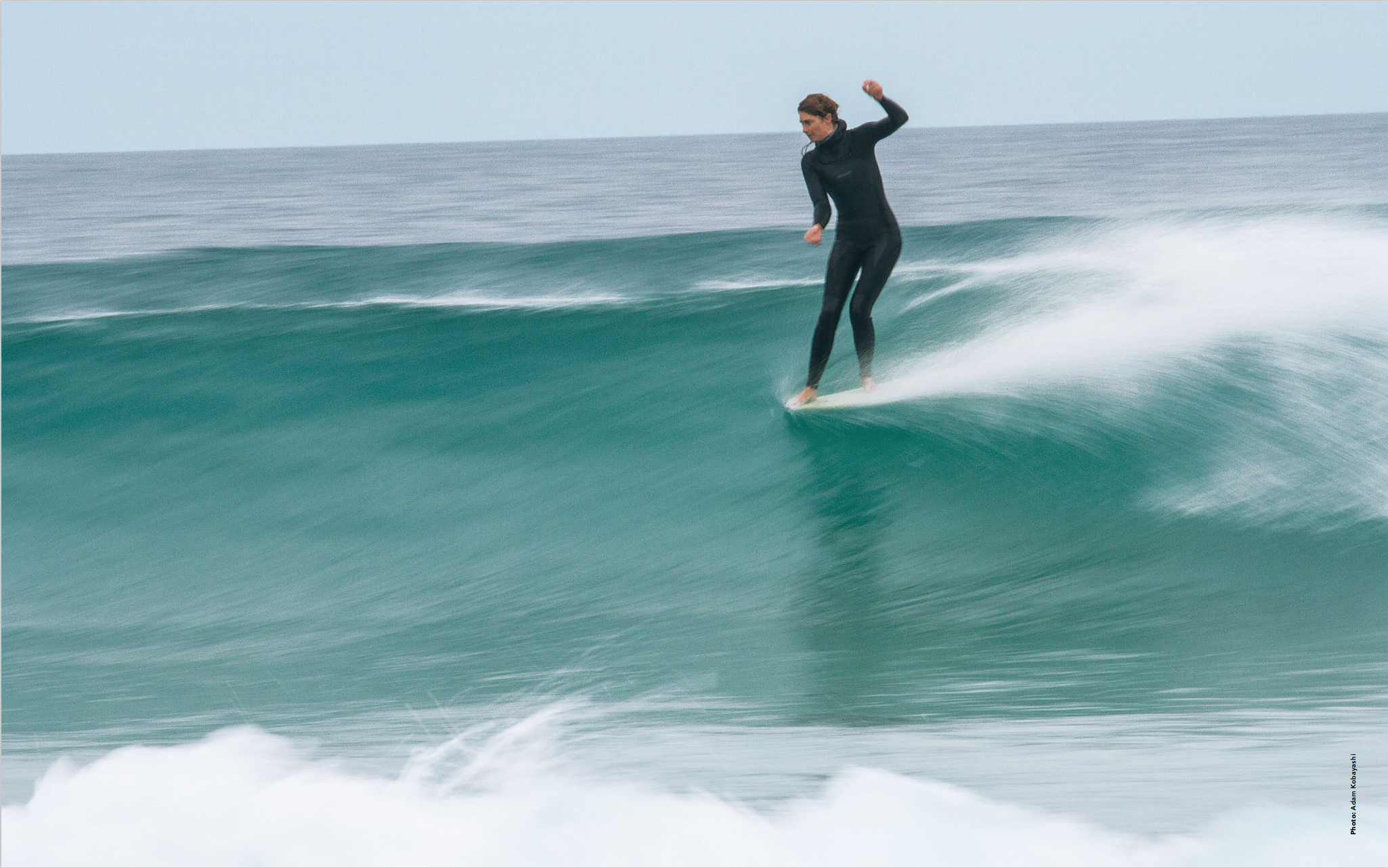
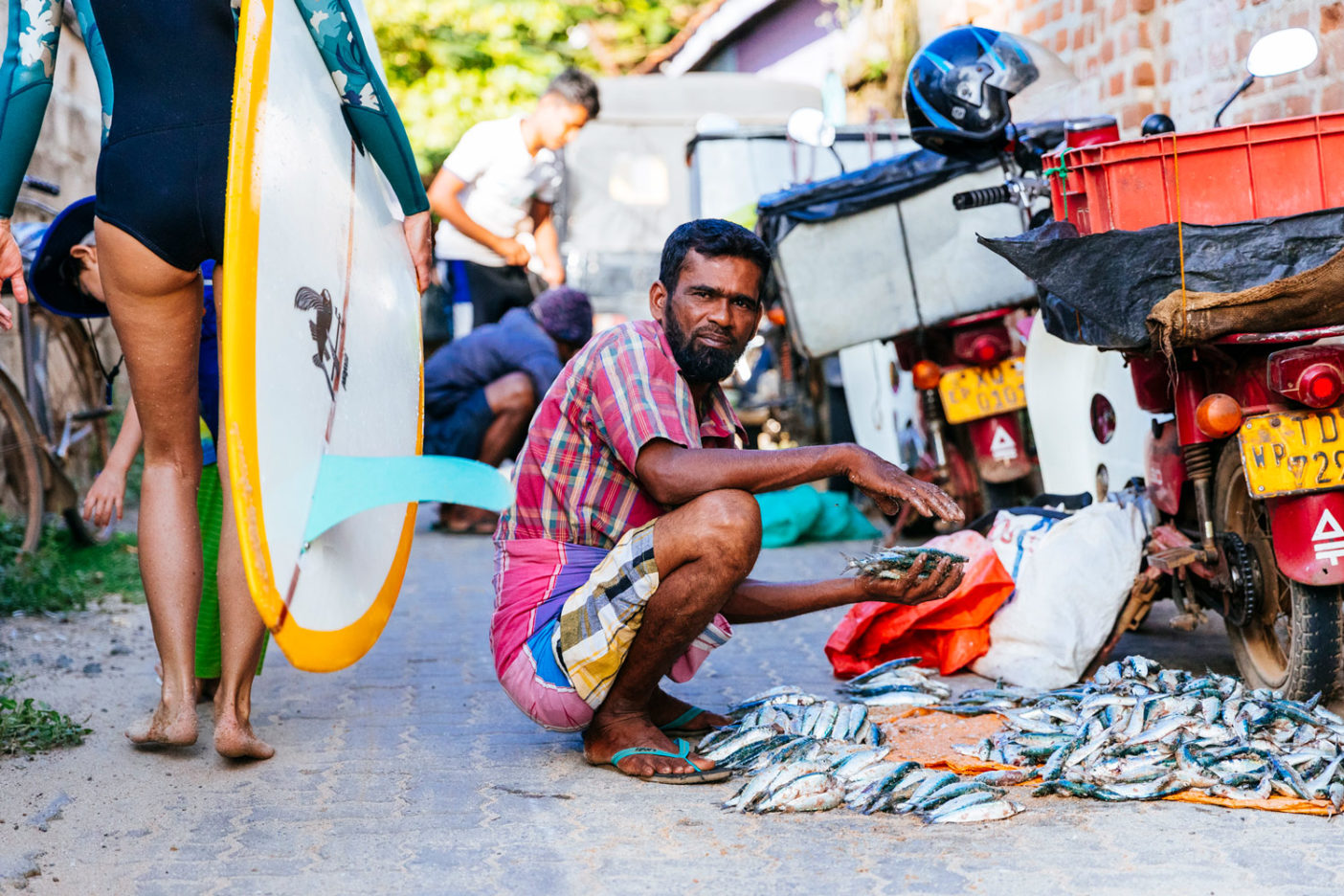
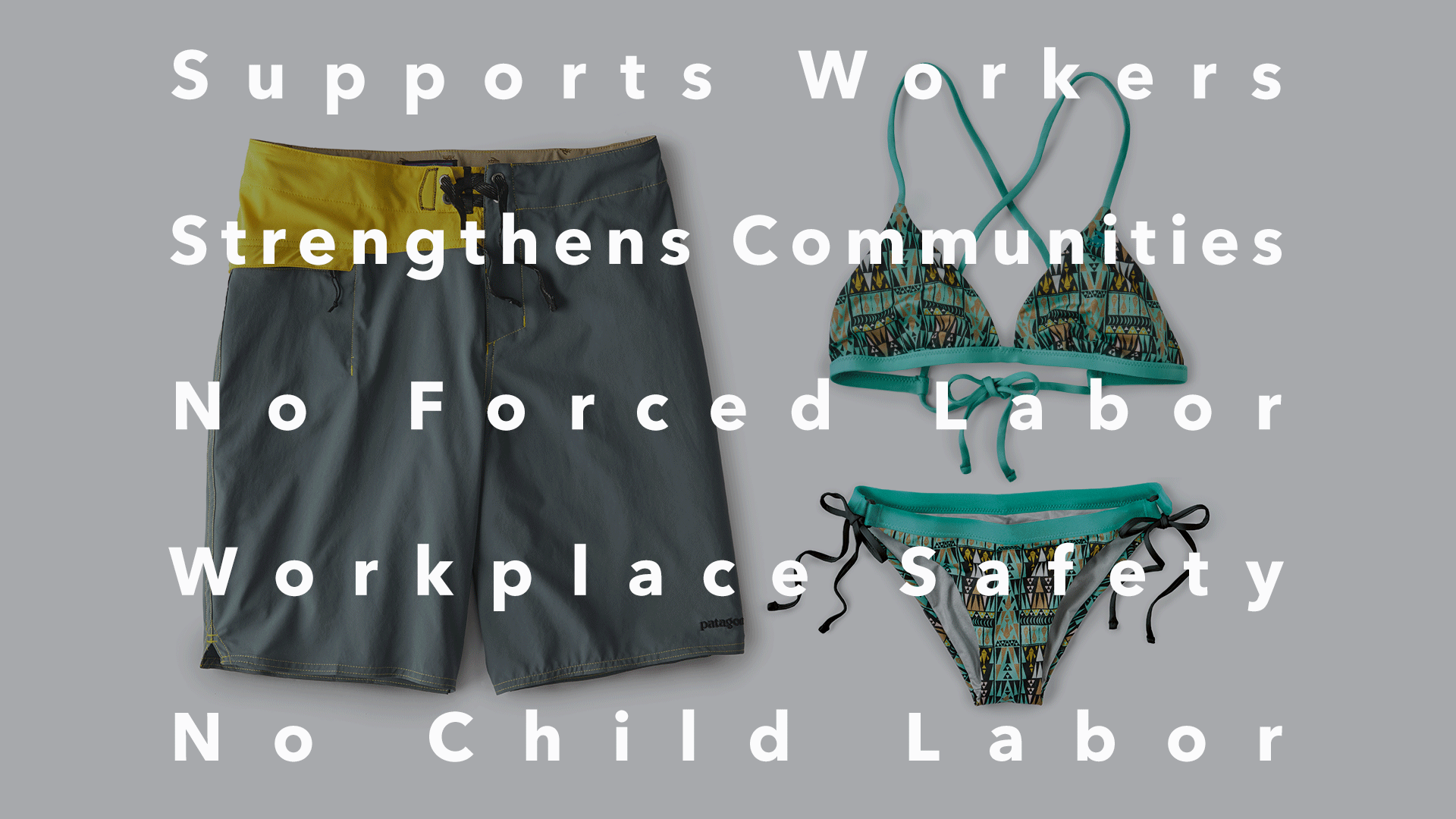
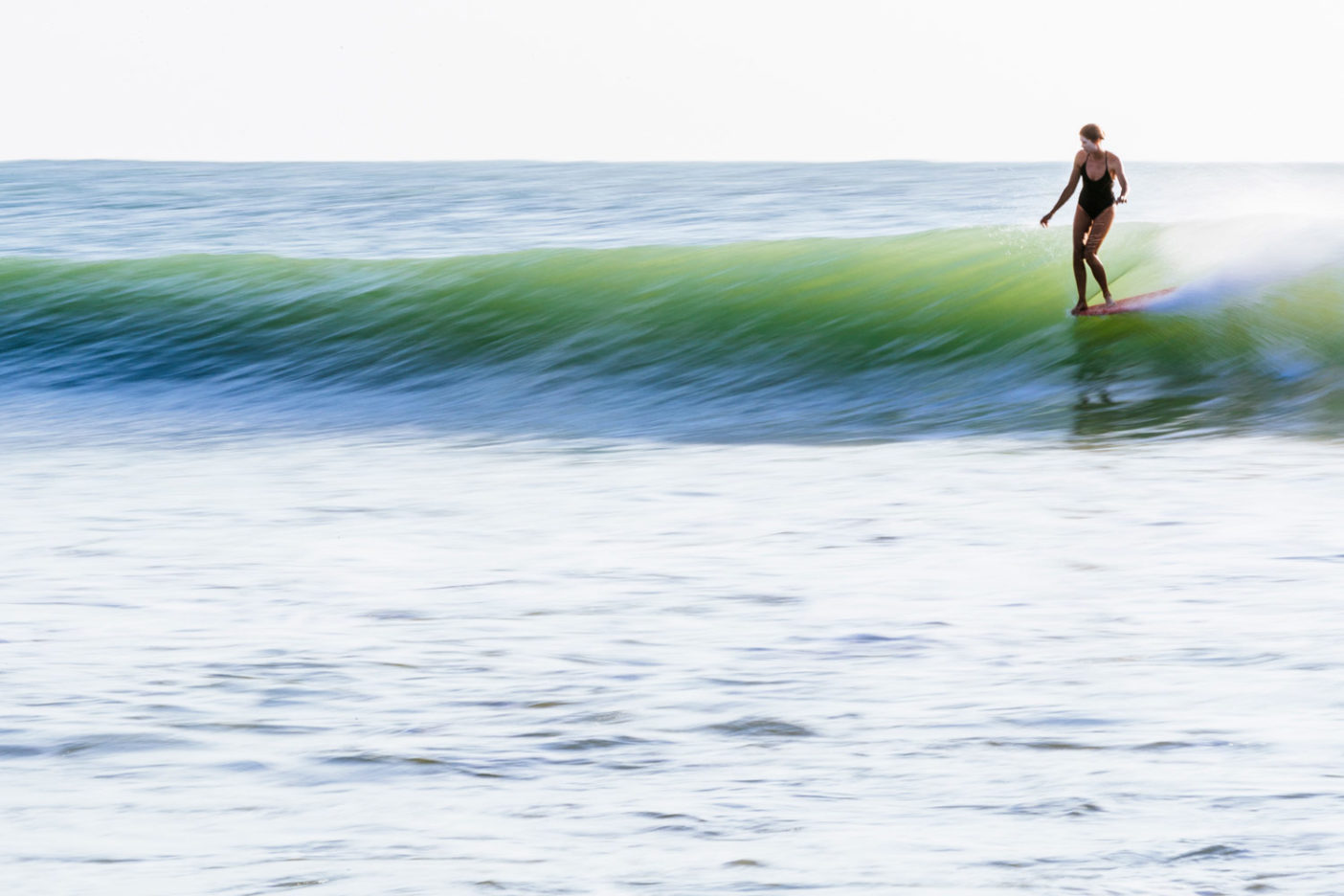
-
Hopaal
Young french brand inspired by the mountain and the ocean, Hopaal made the choice to put the social and environmental dimension at the heart of its business, with the motto “Wear traceable garments, have a positive impact, support a cause that matters“. From design to marketing, production or transportation, Hopaal controls everything from A to Z to make high quality clothes, 100% recycled, with a low impact on the environment and in full transparency. The brand also involves its customers by allowing them to give 10% of the benefits of their purchase to a social or environmental project of their choice. The collection is made of simple and timeless pieces, all nice and comfy, the fleece are perfect to stay warm after surfing. Tested and approved, can’t wait to see spring new arrivals!
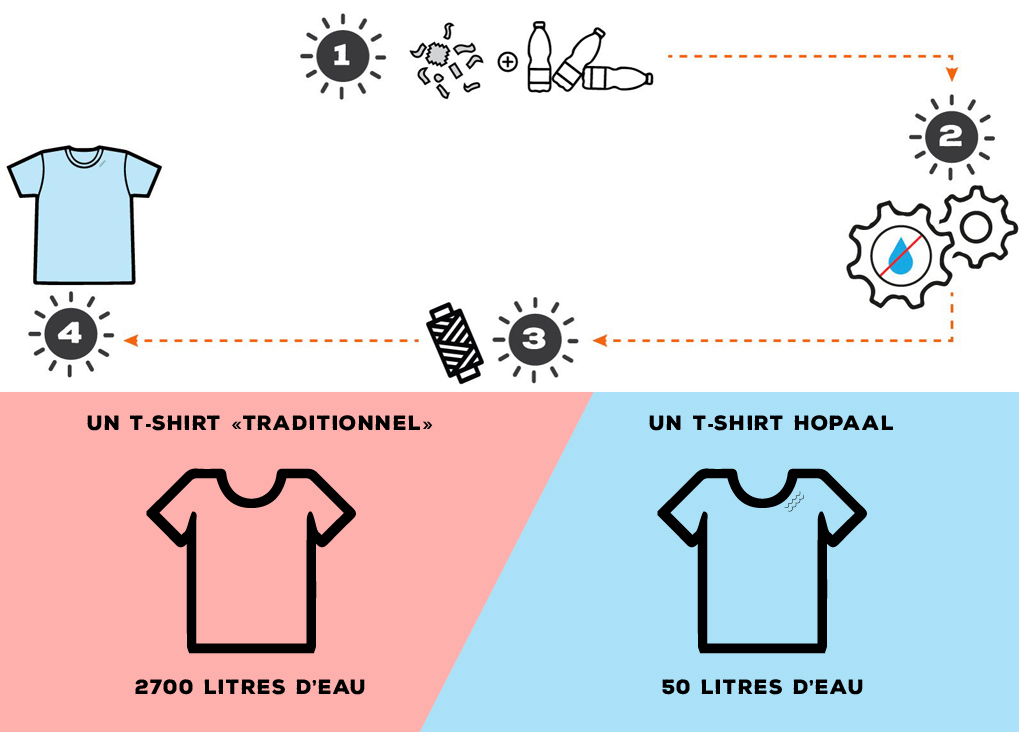
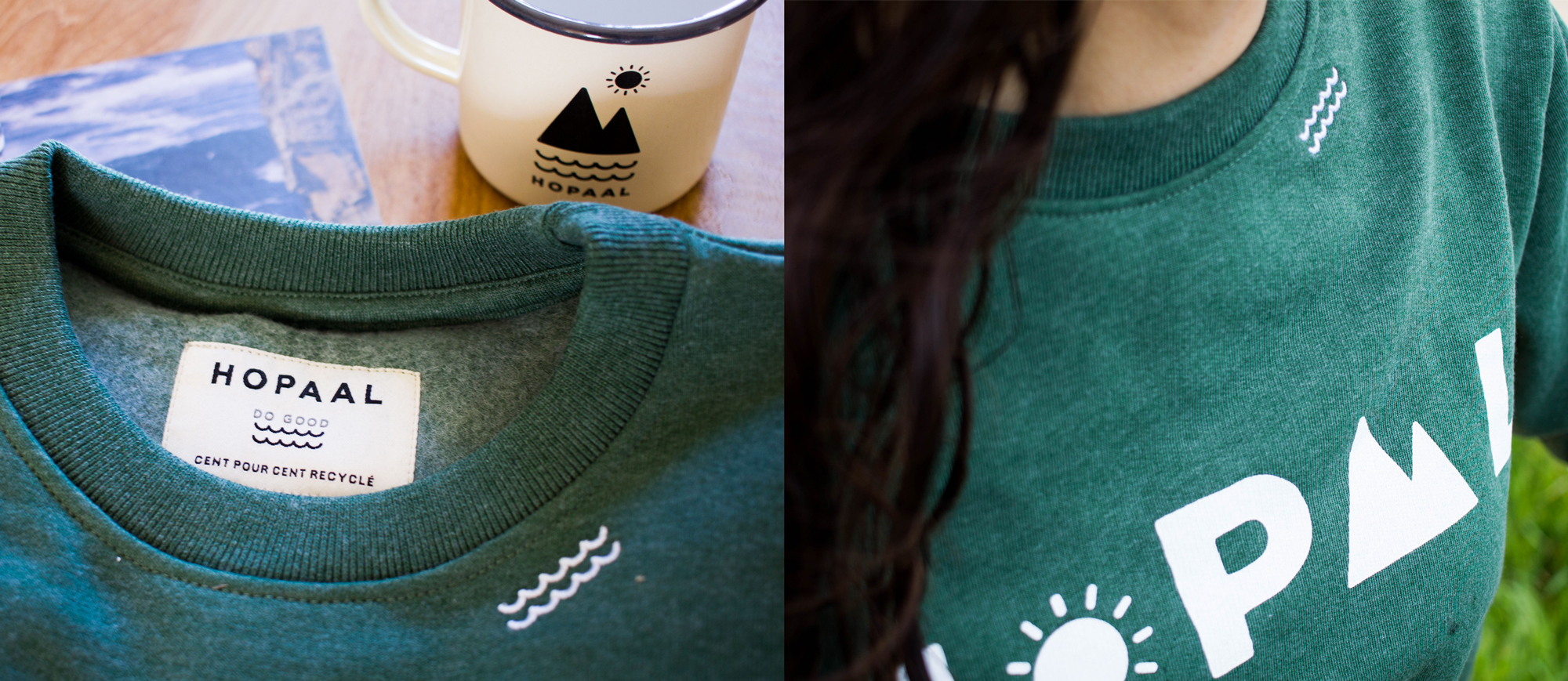
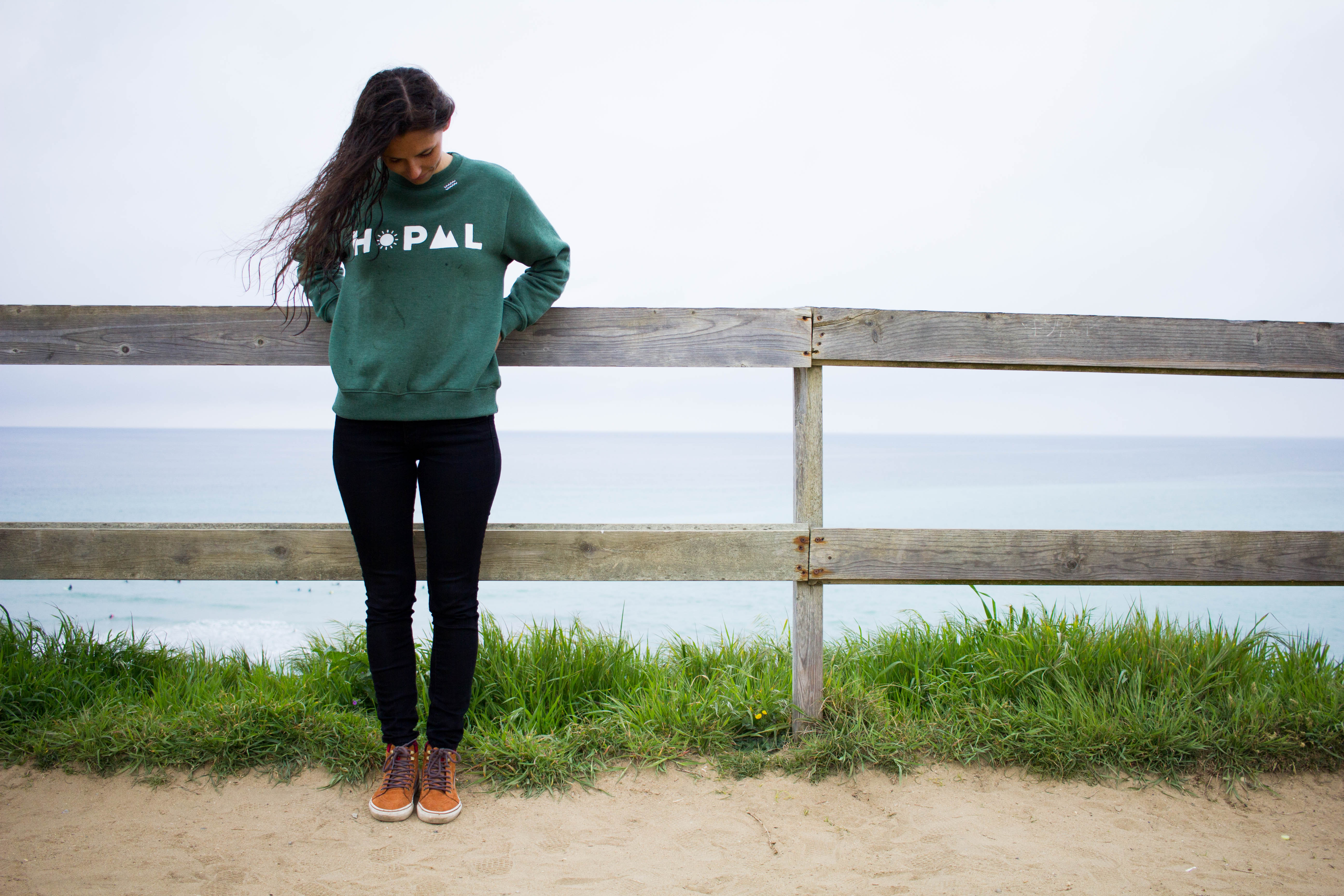
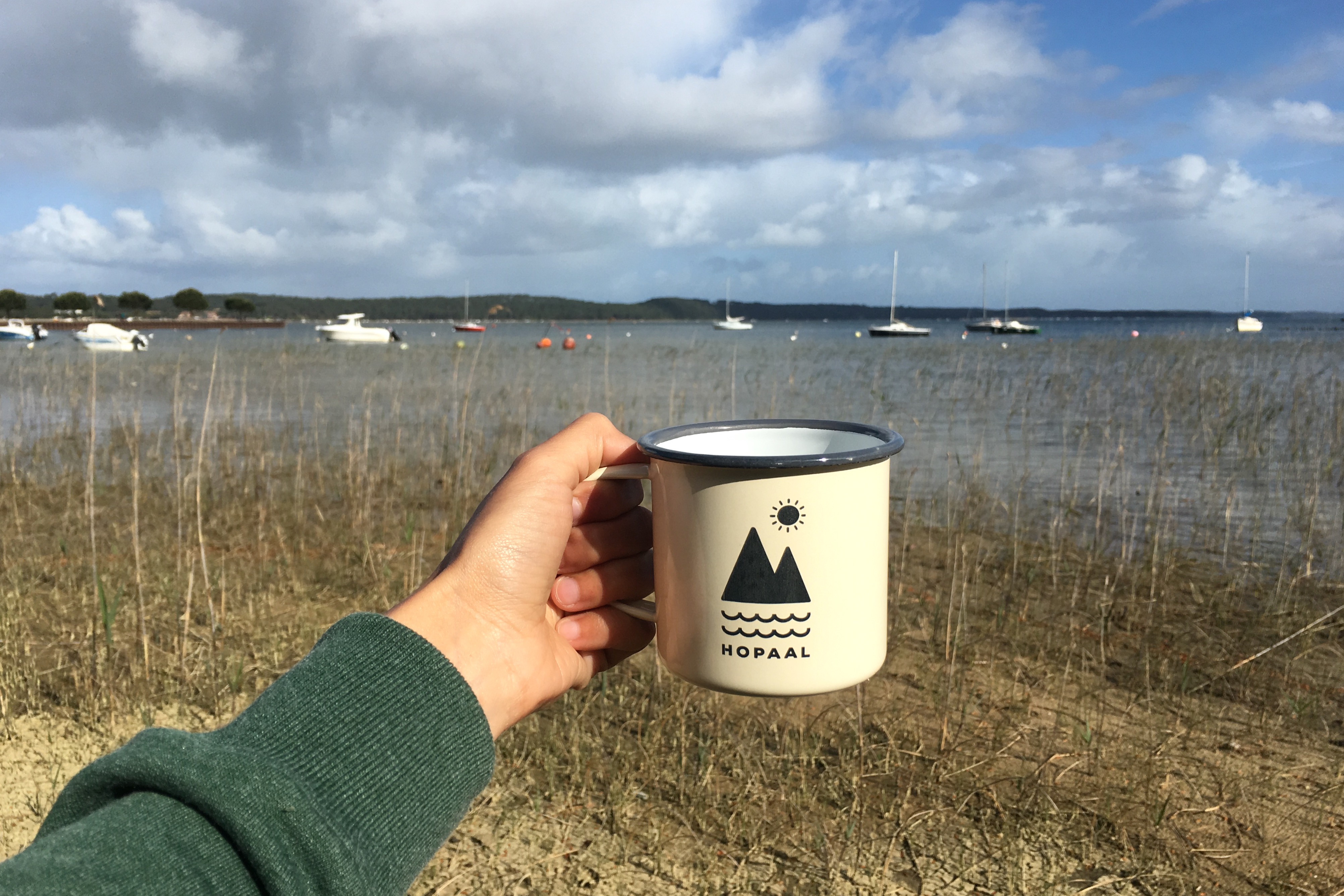
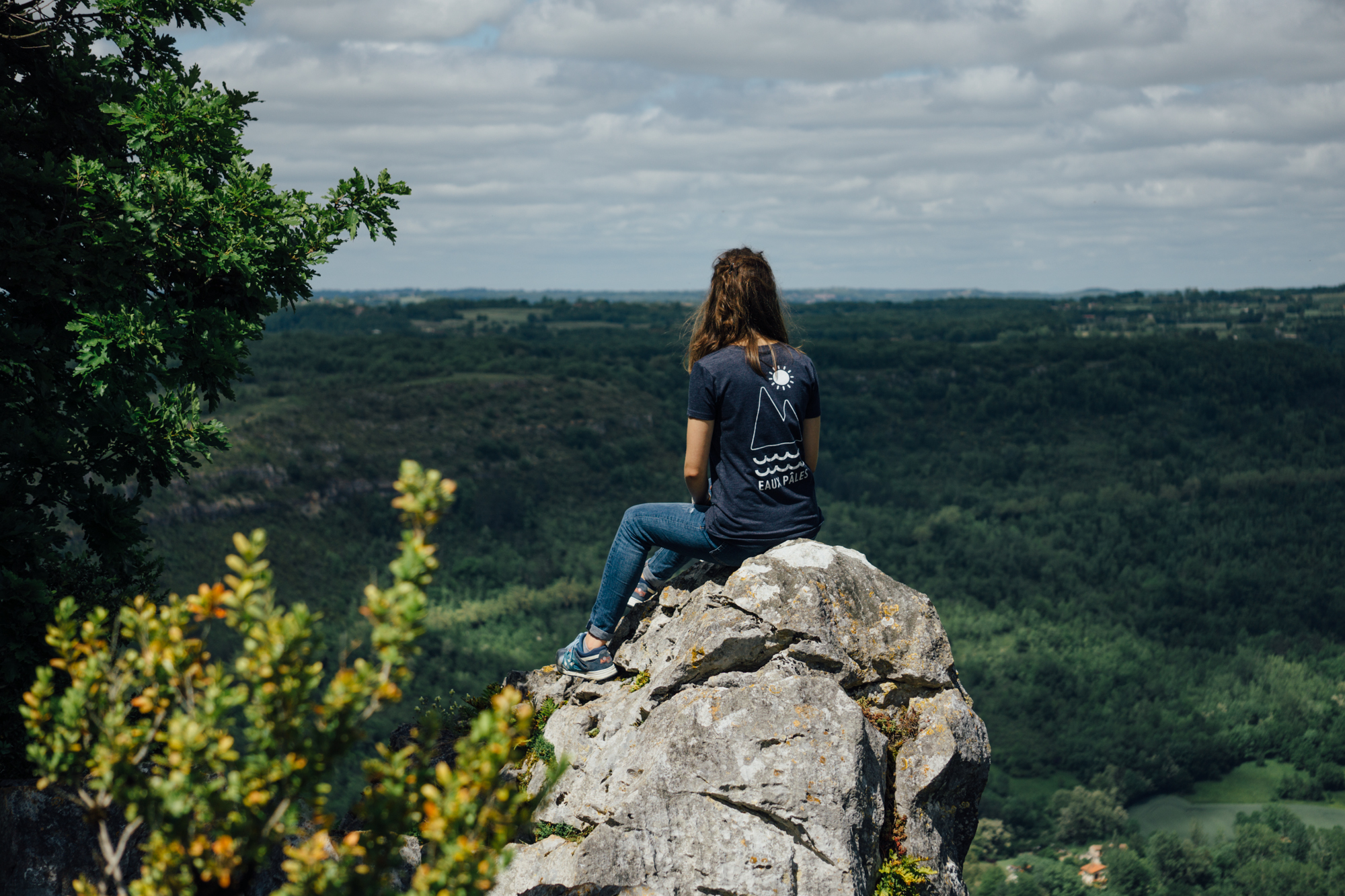
-
Two Thirds
Originally from Barcelona in Spain, Two Thirds makes clothes from organic or recycled materials, in full transparency, and act for the protection of the ocean, especially through a partnership with the Mission Blue organization. The brand is directed mainly at surfers and ocean lovers with #weareocean, reminding that two thirds of the planet are covered by oceans and that it is crucial to protect them. With a simple yet trendy clothing line, getting bigger and bigger every year, Two Thirds combined style, environmental responsibility and love for the ocean, a wining trio!
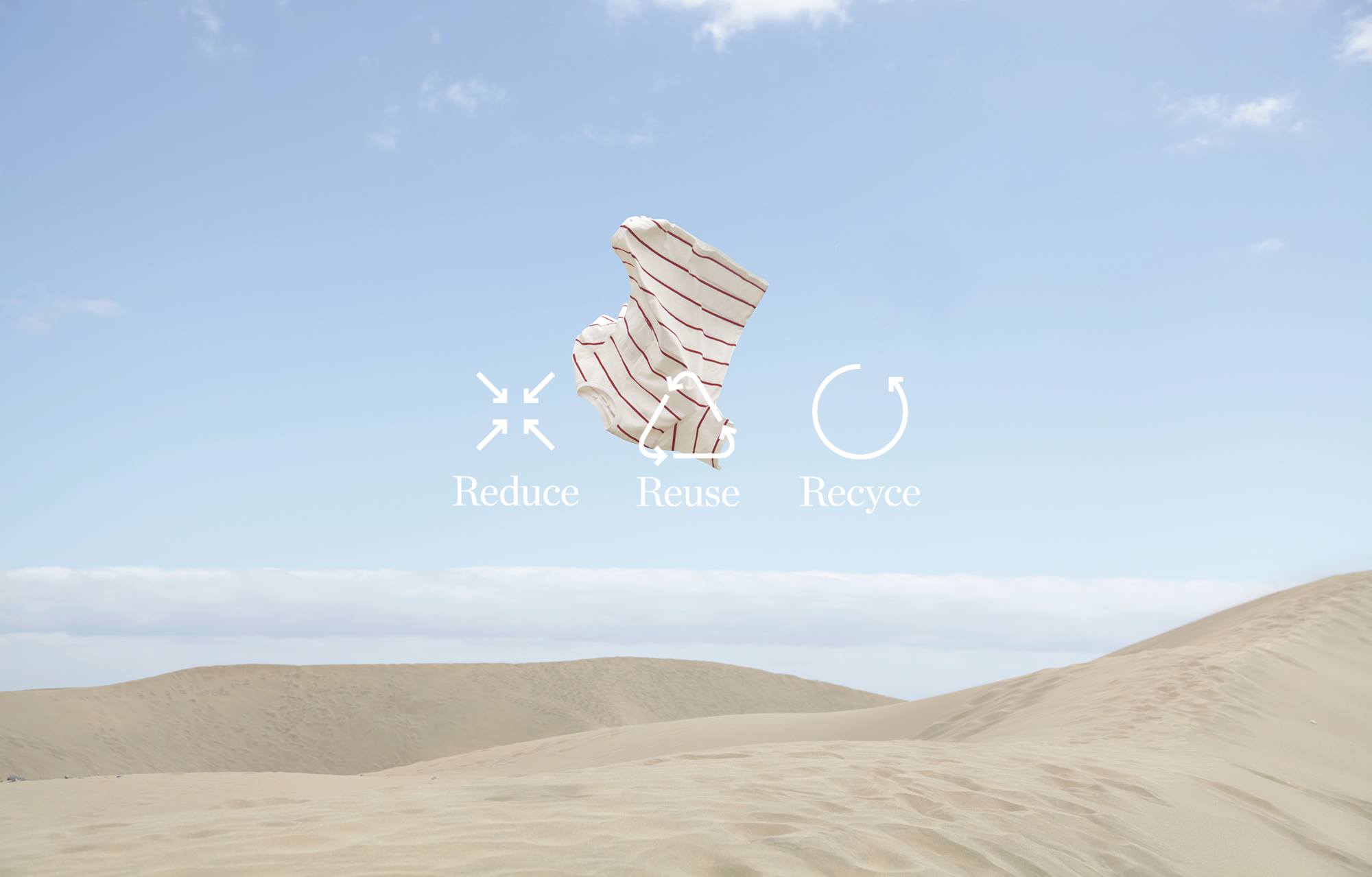
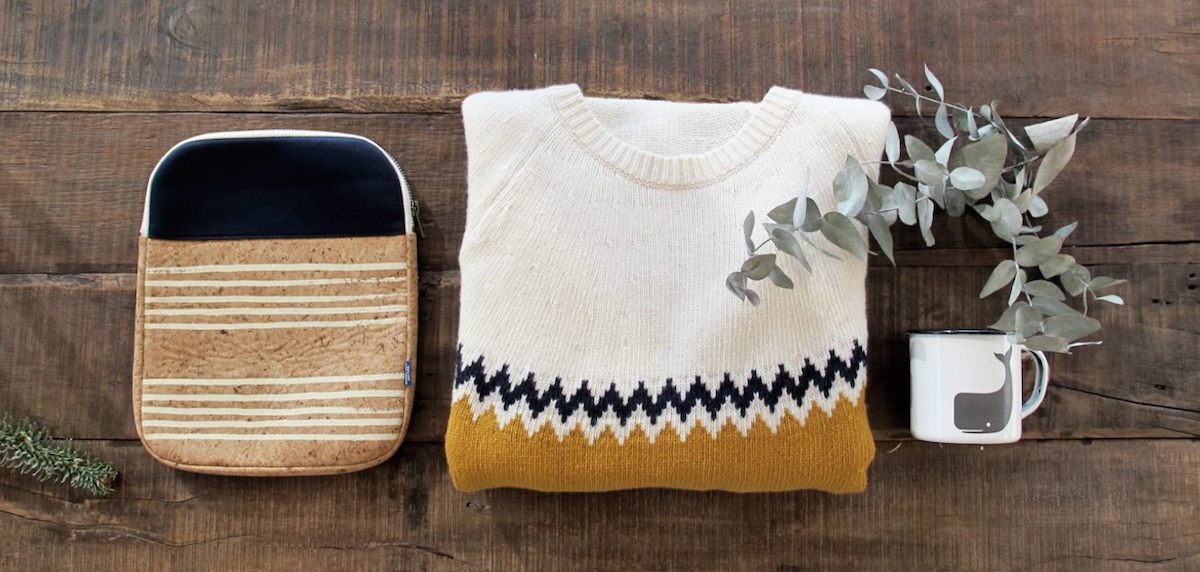
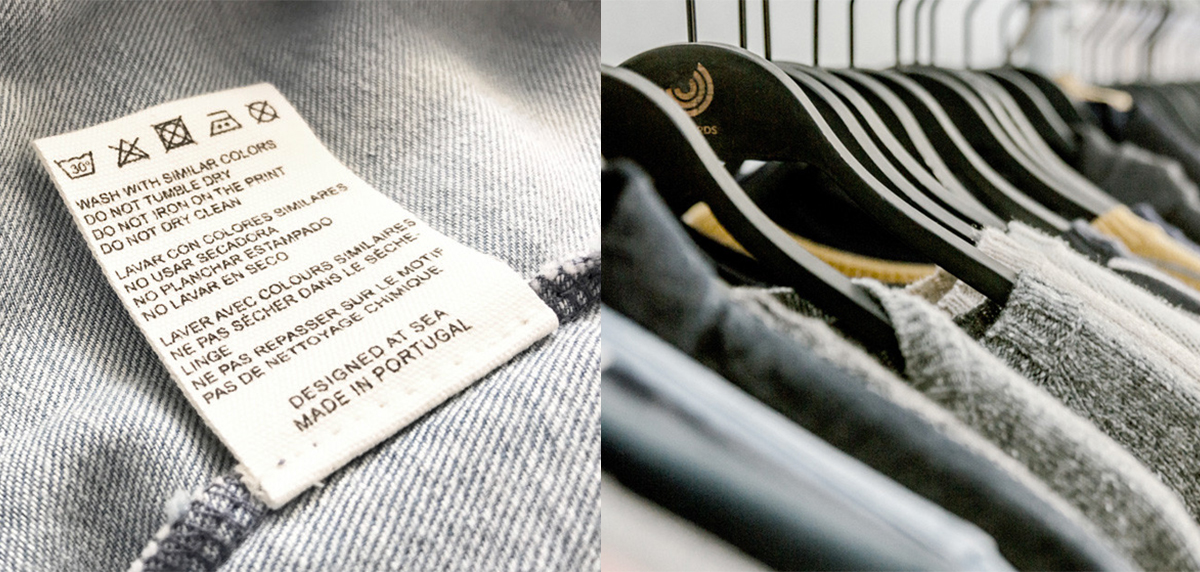
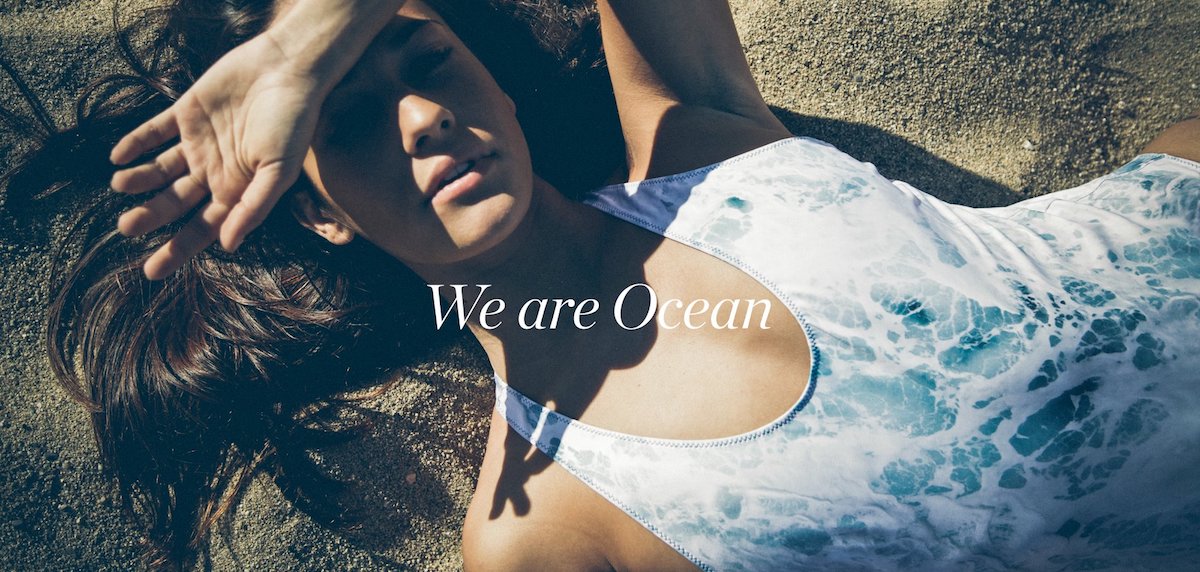
-
Veja
French shoes brand highly committed, Veja regrets the abundance of ecological messages behind which is hiding a big lack of action, and is taking the bull by the horns by advocating a production made with dignity and the most eco-responsible possible for its products, and a total lack of publicity. Veja also shows an extreme transparency by admitting that Fair Trade and ecological ideals have limits and talks about the brand as a project full of contradictions and dead ends. Veja sneakers, essentially made of leather, have a look both classic and sophisticated, even luxurious, which seduce a lot of influencers and bloggers, myself included!
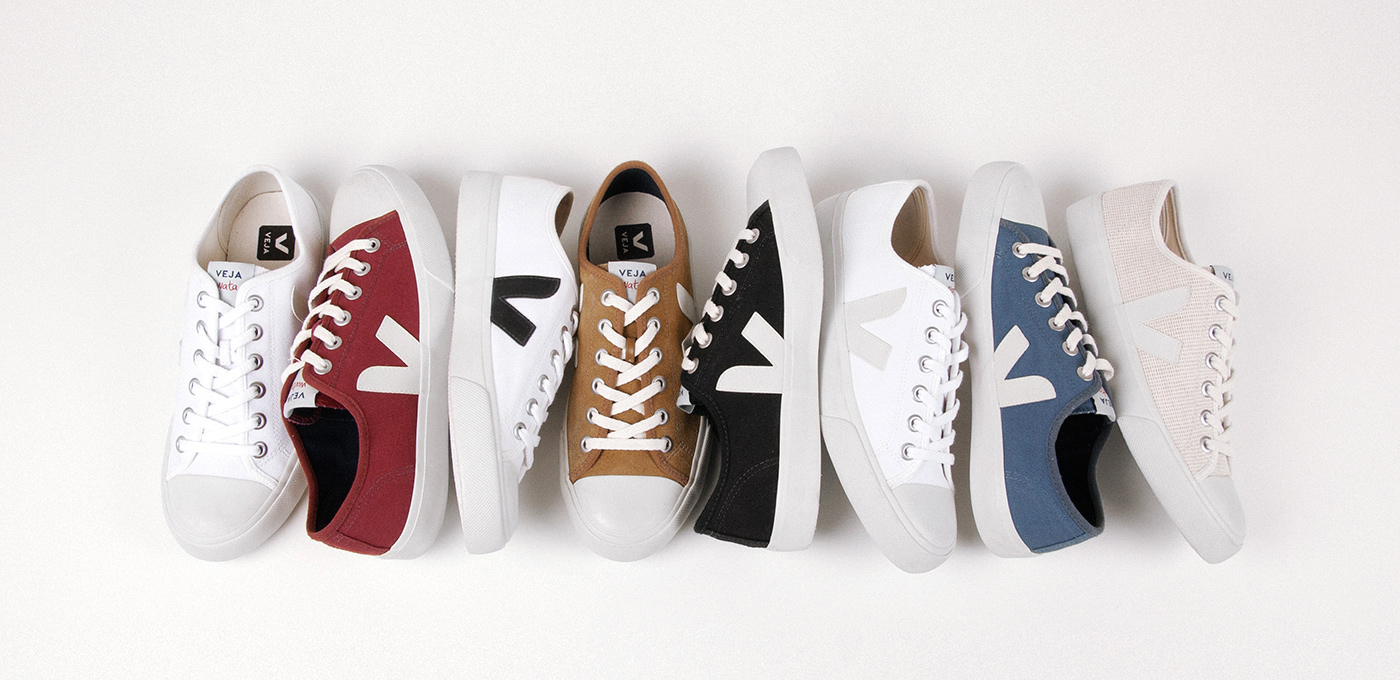
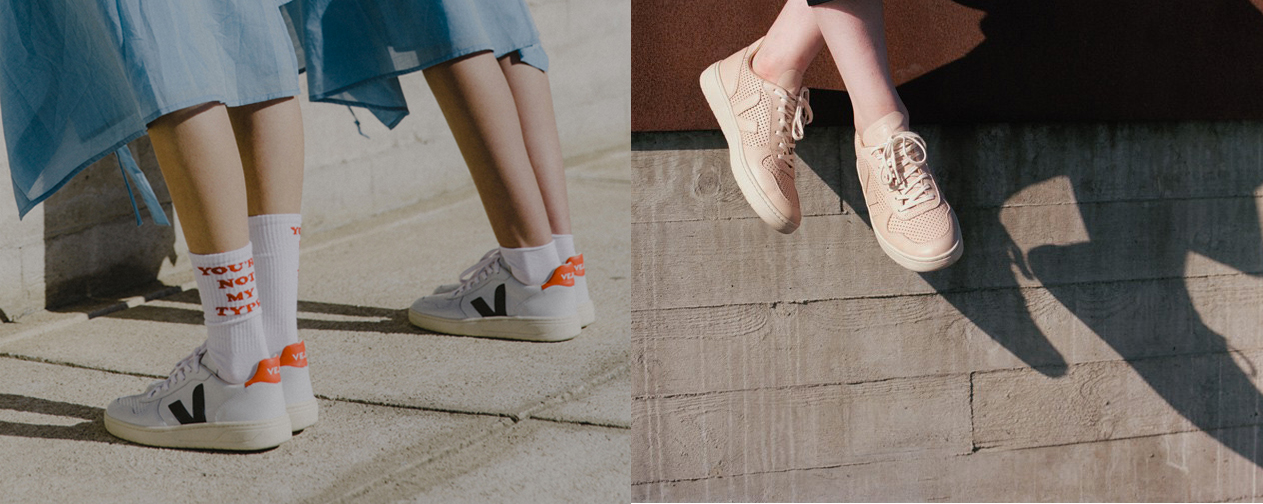
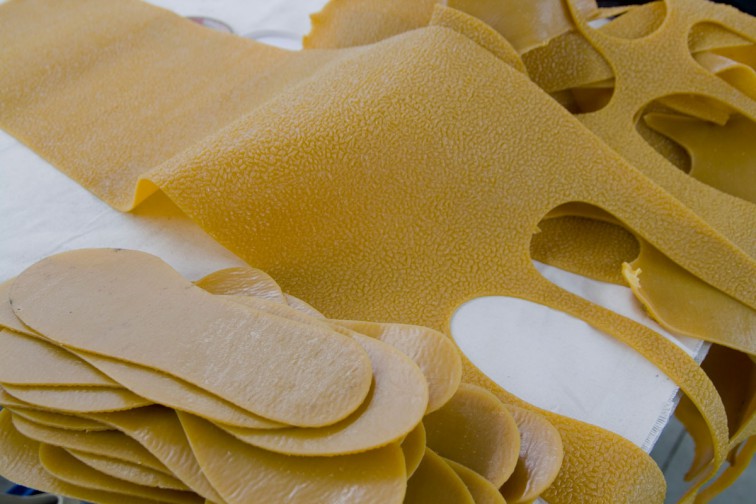
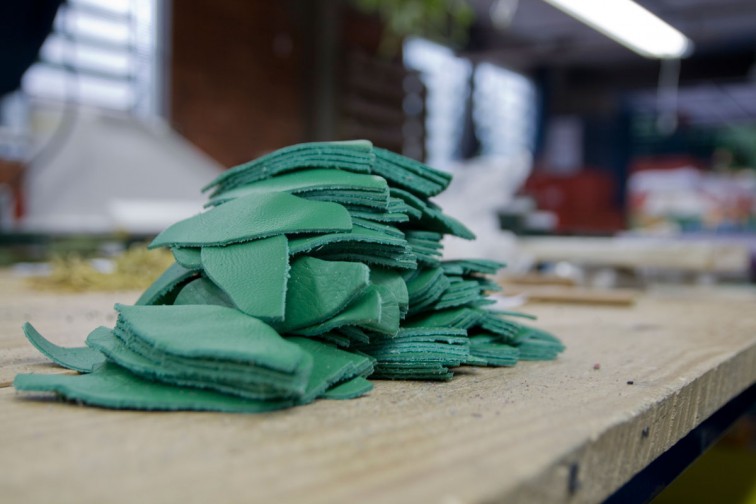
A few more brands :
Norrona – Nudie Jeans – Finisterre – Picture Organic Clothing – Bleed Clothing – Armedangels – Yoga Searcher
If you know some good ones please share them in the comments ;)
Sources :
1- Courrier International – H&M, Zara, Topshop, la Fast Fashion, un fléau écologique
2- News Week – Fast Fashion is creating an environmental crisis
3- Monde Economique – La Fast Fashion sévit
4- Atlantico – Vêtements (presque) jetables : comment la Fast Fashion pollue lourdement
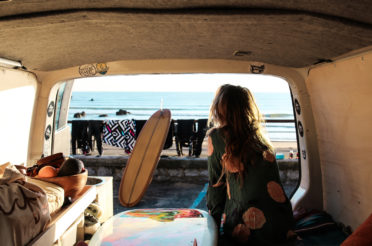

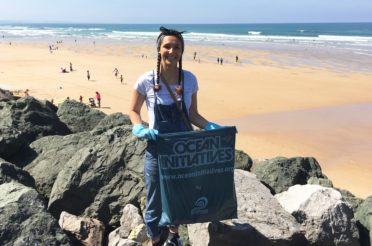

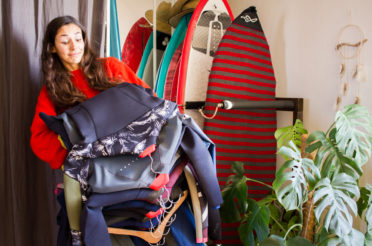
Leave a Reply